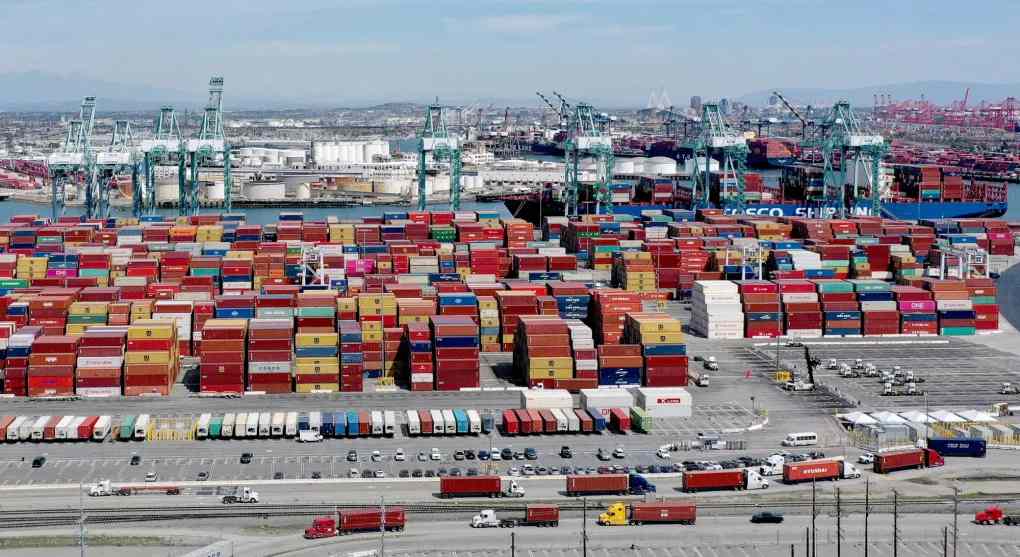2024-07-12

The term "W/M" stands for "Weight or Measurement" and is used to determine the chargeable cargo Volume. The chargeable Volume is calculated by comparing the Volume derived from the Weight of the cargo with its actual Volume, and the higher value is used for billing purposes.
| Whatsapp - Online Customer Service |
| Contact Jike for competitive shipping solutions from China |
The implementation of W/M billing standards helps improve transportation efficiency by ensuring fair freight calculation even in cases where cargo may have a large volume but is light Weight or significant Weight with a relatively smaller volume. This avoids the potential unfairness that a single billing method could bring.
W/M rates commonly appear in LCL quotations by freight agents/shipping lines. For example, USD100 per W/M means "USD100 is charged per billing measurement unit.

For example, if a freight forwarder uses a volume-to-weight ratio of 1 cbm = 1000 kg, and you have cargo that is 2 m³ in Volume and 3000 kg in Weight, here's how to calculate the chargeable Volume:
Actual Volume (M): 2 m³ Volume Based on Weight (W): 3000 kg / 1000 kg per cbm = 3 m³ In this case, the chargeable Volume will be the higher of the two values. Therefore, the chargeable Volume is 3 m³ (based on the Weight) rather than the actual Volume of 2 m³.
Tips: R/T (Revenue Ton) is the same as W/M. They both represent a billing unit in ocean freight. This means the R/T for this shipment is also 3.
| Free Freight Quote shipping from China |
For an ocean shipment with a cargo volume of 5 m³ and Weight of 4000 kg, with a weight-to-volume ratio of 1:1000. Will the shipment be charged based on Volume or weight-to-volume?
Volume (V) = 5 m³ Weight-to-Volume (W) = 4000 kg / 1000 = 4 m³ Since Volume (5 m³ ) is greater than Weight-to-Volume (4 m³ ), the Ocean shipment's W/M ratio is 4, indicating that this shipment will be billed based on Volume.
We need to import data cables from Shenzhen, China, to Long Beach, USA, using LCL ocean shipping. There are 2 pallets, each sized 1.2m * 1.0m * 1.2m, with each pallet weighing 545 kg. The LCL sea freight rate is USD 60 per W/M Weight-to-volume ratio of 1:363.
How do we Calculate the LCL ocean freight cost for this shipment?
Total Volume = 1.2 * 1.0 * 1.2 * 2 pallets = 2.88 m³ So V = 2.88 m³
Total Weight = 545 kg * 2 pallets = 1090 kg Weight-to-Volume = 1090 kg / 363 = 3 m³ So W = 3 m³
Therefore, the billing volume for this shipment should be 3 m³ based on weight.
LCL shipping cost = USD 60 * 3 m³ = USD 180
If you still don't know how to calculate W/M, contact us to help!
*JIKE is a professional China freight forwarder shipping from China[ocean freight w/m] Whatever you ship from China, we are glad to help you :)
| Guide on shipping from China to your Country |
| Whatsapp - Online Customer Service |
We use third-party cookies in order to personalise your experience.
Read our cookie policy